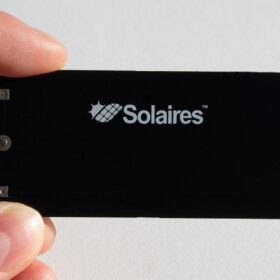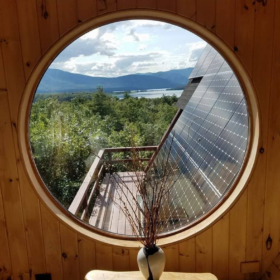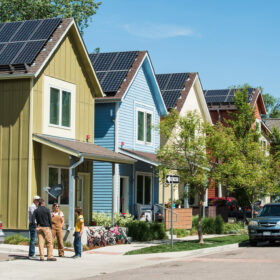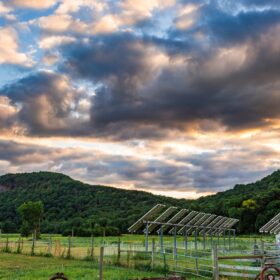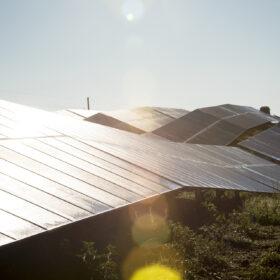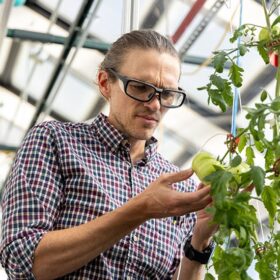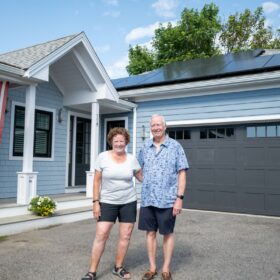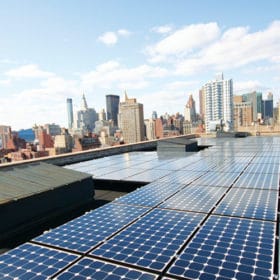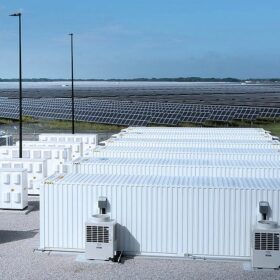Solaires Entreprises ships indoor perovskite PV modules to first customer
Solaires Enterprises, a Canadian perovskite startup, has begun supplying indoor PV modules for integration into sensor devices, marking its first commercial shipment.
Net metering causes less than one dollar cost shift to most ratepayers, study says
With many states seeking to replace net metering with alternative compensation that pays solar owners less for their excess electricity, the National Renewable Energy Laboratory launched a qualitative study to find the truth behind the alleged cross subsidization of solar customers by non solar customers.
Rooftop solar, battery storage could offer a lifeline in energy insecurity
A study explored the relationship between energy insecurity and severe energy-limiting behaviors to lower bills, and how interventions with rooftop solar and energy storage systems can allow recipients to live safely and comfortably in their homes while also being able to afford necessities like food and medicine.
How agrivoltaics can alleviate Washington’s mounting agricultural, energy pressures
An in-depth study looked at the varying facets within Washington’s agriculture industry to determine how and where agrivoltaics can be best implemented to help meet the state’s energy needs and provide financial support to the state’s agriculture industry.
Washington farmers divided over solar on farmland, agrivoltaics largely unknown
A research survey of farmers and ranchers across Washington state offers insight into how developers can best approach solar development in The Evergreen State.
Colocating solar with Washington’s most valuable crop
When designed right, colocating apple orchards and solar installations can be not only economically beneficial for the landowner, but produce a higher rate of marketable apples.
Agrivoltaic shading, full-sun fields gives farmers the power to pivot
Research conducted at the oldest agrivoltaic research site in the United States found year-to-year weather variability impacts agrivoltaic crop production, emphasizing the importance in conducting studies across multiple years.
With ramped-up local restrictions, renewable energy marches on
Residents and local restrictions are delaying and blocking renewable energy projects at an accelerated rate, a study from Columbia University found.
No photon left behind: NREL develops translucent solar panels for bigger, better crops
Researchers at the National Renewable Energy Laboratory grew tomatoes under translucent solar panels, which could play a promising role in agrivoltaics.
Canada’s path to 2030: Tripling renewables and land conservation are both possible
Countries can avoid conflict between biodiversity conservation efforts and renewable energy development by using proactive measures, found a model developed by The International Energy Agency and Natural Resources Canada.
